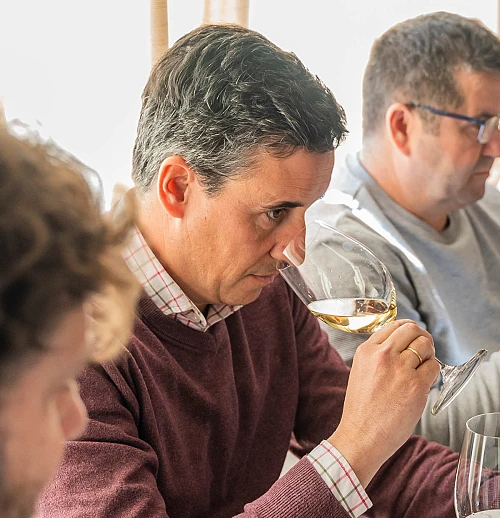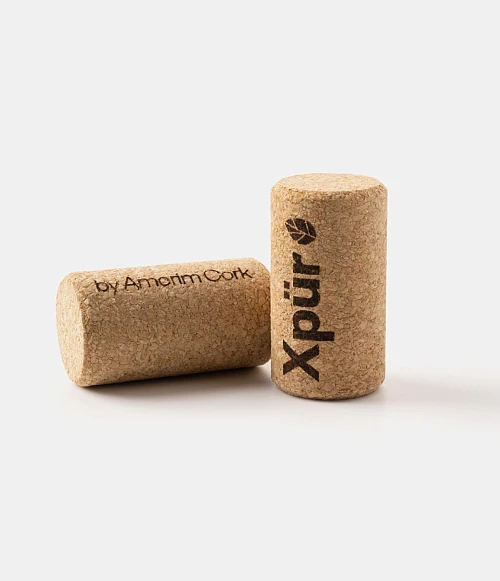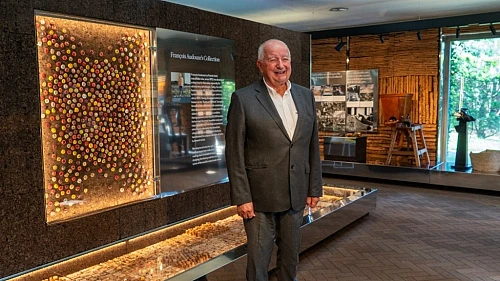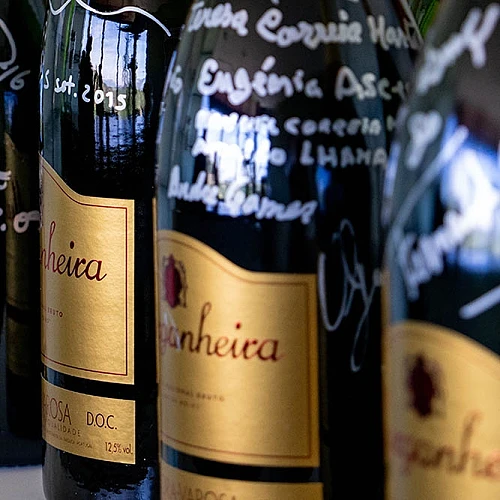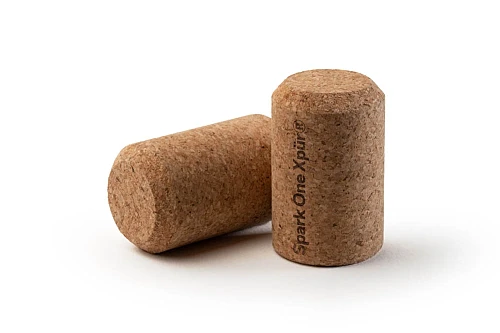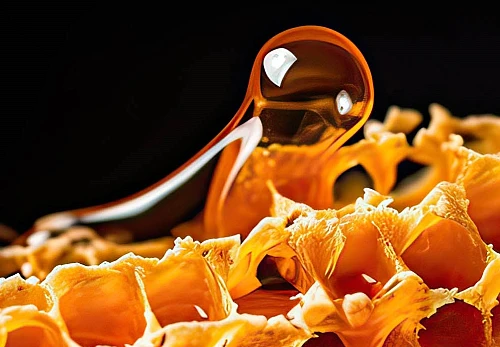- Media Center
- News
News Media Center
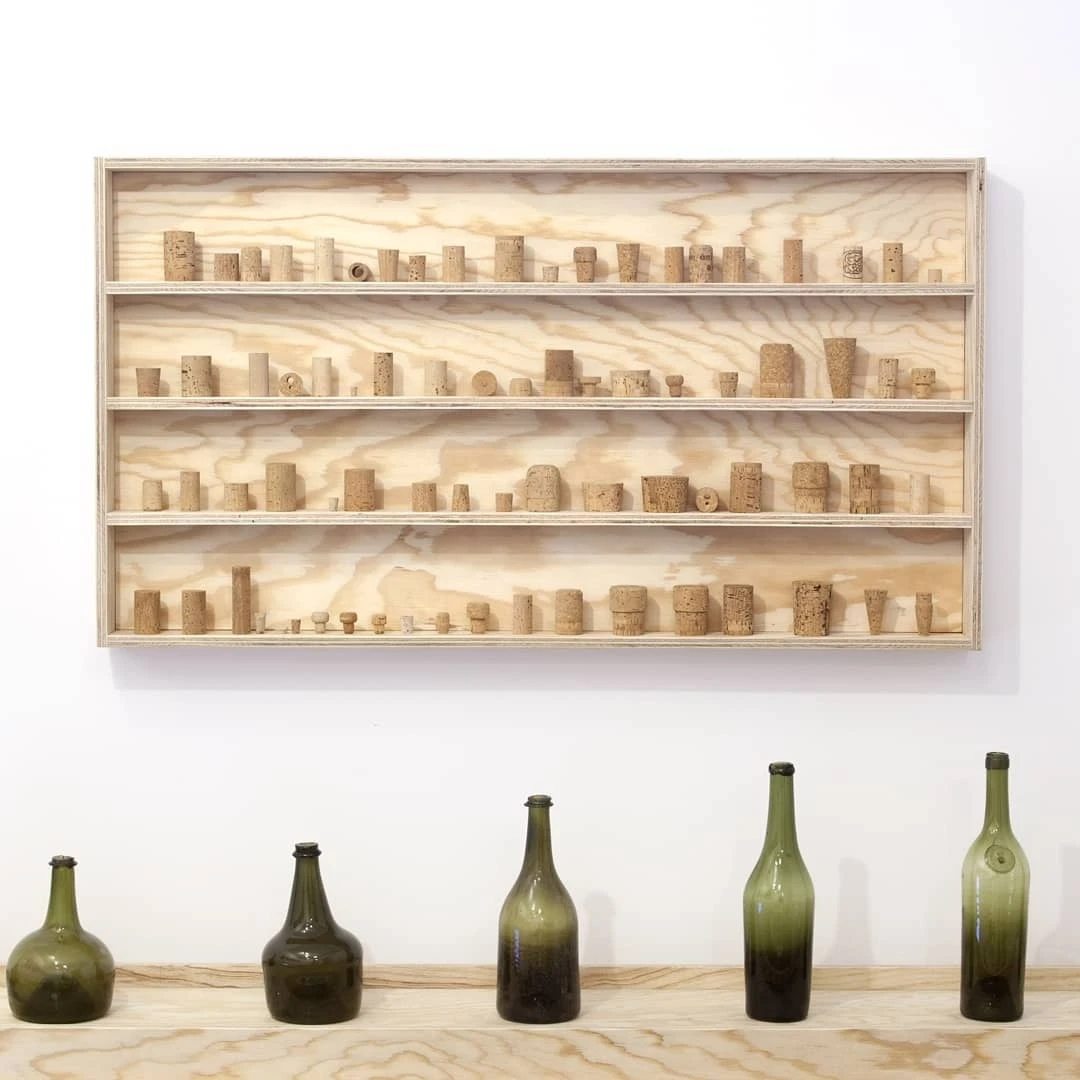
Jasper Morrison Shop apresenta exposição "A Rolha de Cortiça e a Garrafa de Vinho"
The age-old symbiotic relationship between glass and cork has been showcased in an exhibition - “The cork stopper and the wine bottle” - curated by Anniina Koivu and Collections Typologie, formed by four designers, Raphaël Daufresne, Thélonious Goupil, Guillaume Bloget and Guillaume Jandin.
The two most recent issues of their design journal, Typologie, were dedicated to the same topic. The issue dedicated to cork - “Le Bouchon en liège” - includes images of the cork oak forest in southern Portugal, and the hand-crafted and hi-tech automated processes associated to manufacturing cork. The goal is “to understand the reason of our strong attachment to this consumable item and its importance in the tasting ritual.”
Featuring 60 original photographs from Amorim’s cork collection, 30 colour illustrations, a text by Philippe Louguet, object theorist, the issue also includes an interview between Amorim’s Director of Marketing & Communication, Carlos de Jesus, wine consultant, Stephane Derenencourt and Spanish designer, Miguel Mila. During preparation for the exhibition Collections Typologie also visited Amorim & Irmãos’ cork stoppers unit in Corticeiros, Portugal and produced a video. See video >
The exhibition was one of the highlights of Milan Design Week and the London Design Festival, where it was hosted by The Jasper Morrison Shop. The corks were provided by Amorim & Irmaos and the wine bottles from the collections of Thierry de Putter and Verrerie Ouvriere d’Albi. The exhibition catalogue emphasised that the combined use of cork and glass bottles predates the industrial revolution – they are “Two inseparable objects that brought wine out from the monasteries and the nobilities to our tables.”
“A cork is entirely natural, being a piece of bark from the cork oak tree,” states the exhibition catalogue. “Its simplicity belies the responsibility it holds for both the conservation and ultimate quality of wine. Produced by a combination of craft and state-of-the-art technology, corks have long been a model of sustainability. The careful changes in corks, as in bottles, show the importance of matters of size, shape and volume.”
